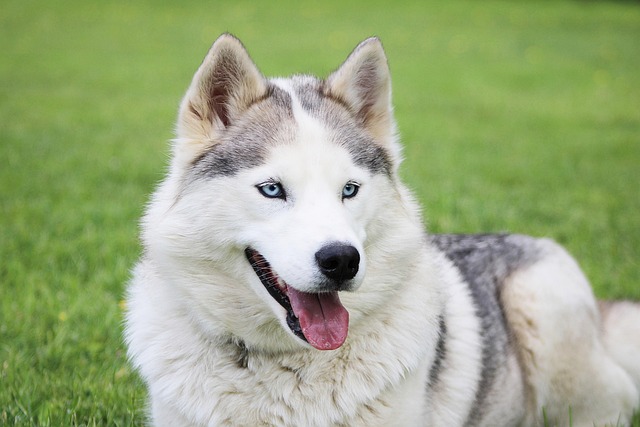
Can bloodwork detect heart issues in dogs?
When our furry friends show signs of fatigue or struggle to keep up during walks, worry creeps in. As a dog parent, you might wonder: can a simple blood test reveal hidden heart problems?
Do dogs shed more in the cold? It’s a question that arises when the first winter chill sets in—like that frosty morning in Chicago where you reach for your jacket, only to find your border collie has left a trail of fur across the couch, each strand glinting in the morning light. New pup parents often notice clumps of loose hair on their sweaters and rugs as temperatures drop, wondering if the cold itself triggers this furry avalanche. Let’s unpack what’s really happening with your dog’s coat as winter approaches.
The science is straightforward: dogs don’t shed because it’s cold—they shed to gear up for it. As fall days grow shorter (those crisp afternoons in Vermont where leaves crunch underfoot), their bodies kick into transition mode. They shed their lighter summer coats to make way for a thick, insulating undercoat—think of it as swapping a thin cardigan for a cozy down jacket. This “coat blowing” phase happens before the cold fully hits, so the heaviest shedding actually peaks in late autumn, just as winter starts to knock. Double-coated breeds like huskies and golden retrievers go through this dramatically, while single-coated pups like poodles shed more evenly year-round, with less seasonal fanfare. By the time freezing temps arrive, most of the heavy shedding is done—their winter coat is in place, ready to keep them warm.
Managing the fur frenzy takes a little strategy. During peak shedding season, grab a de-shedding tool (the kind with a curved blade that reaches deep into the undercoat) and brush 2-3 times a week. Apartment dwellers, here’s a pro move: keep a rubber grooming mitt by the door to quickly wipe loose fur off your pup before they track it into hallways—your neighbors won’t thank you enough for keeping elevator floors fur-free. For extra control, lay a old towel on their favorite spot; it catches loose hair and makes cleanup a breeze.
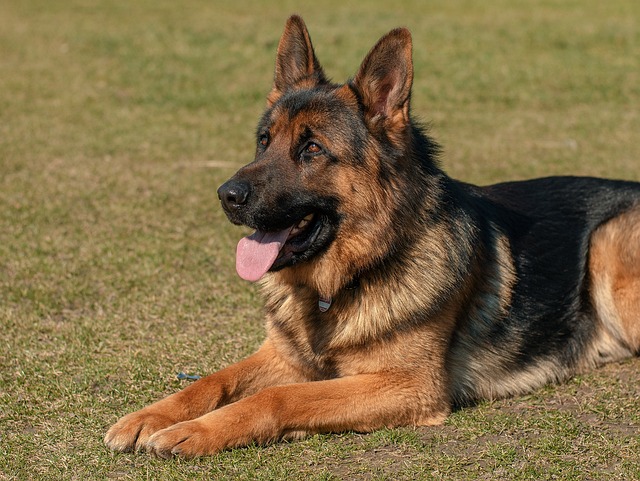
Now, let’s cover the essentials of responsible pet ownership. Rabies vaccines are non-negotiable—required by law in every U.S. state, whether you’re in a Seattle high-rise or a rural Nebraska home. When walking in winter, always pack poop bags (cities like Portland enforce fines up to $150 for leaving messes, even in snow). And remember: never scold your dog for shedding. It’s a natural process, not misbehavior. Instead, turn brushing into bonding time—praise them with a “great job!” and a tiny treat when they sit still, reinforcing trust through positive reinforcement, the standard for kind training here.
So, while the cold itself doesn’t cause more shedding, the preparation for it does. With consistent grooming, neighborly habits, and a little patience, you’ll navigate the fuzzy season with fewer lint rollers and more tail wags.

When our furry friends show signs of fatigue or struggle to keep up during walks, worry creeps in. As a dog parent, you might wonder: can a simple blood test reveal hidden heart problems?
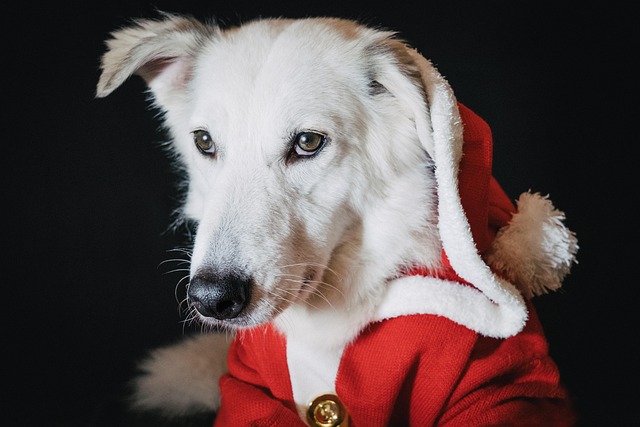
Watching your dog scratch themselves raw or break out in red, bumpy skin is tough—especially when you suspect a food allergy might be to blame.
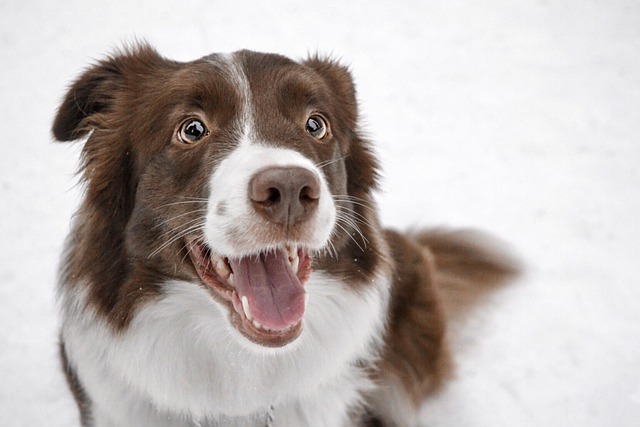
When your Border Collie is constantly scratching, it's hard not to feel their discomfort. These energetic dogs thrive on attention, and seeing them struggle with itchy skin can be worrying.
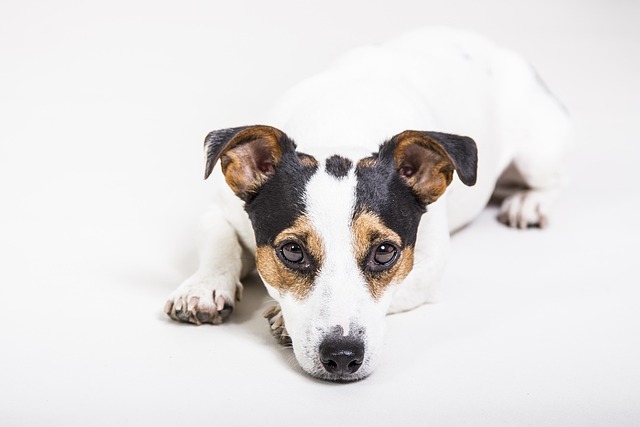
Dog's eyes are windows to their happiness—so when those windows get cloudy, watery, or red, it's hard not to worry. Maybe your pup's been squinting nonstop, or there's a goopy discharge crusting around their lids.
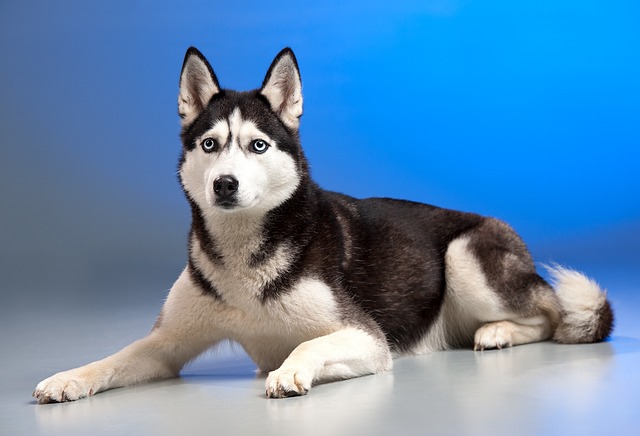
Watching your golden retriever hesitate before jumping onto the couch or limping after a walk in Central Park hits hard. While glucosamine has been the go
